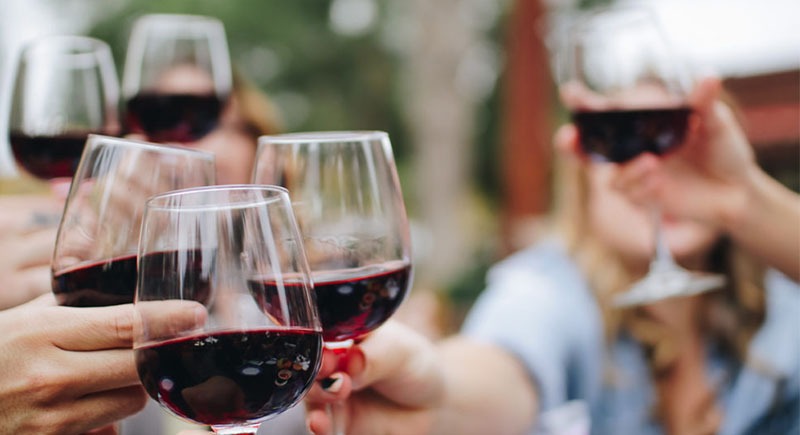
May 18, 2020 New model gives wineries better data from existing tests
By Scott Weybright, CAHNRS
When it comes to wine, the chemistry must be right to get the best taste and sensation.
To help winemakers with that chemistry, a team of researchers at Washington State University has made it easier to test the chemical makeup of their red wine to get the vino they’re looking for.
In a paper released last month in the journal Molecules, the scientists presented a new model that allows winemakers to get measurements in their wine that previously required difficult, tedious, or expensive testing.
“Some of the testing methods are very difficult for people in a winery’s lab to do during harvest,” said Jim Harbertson, a WSU associate professor of enology and the corresponding author on the paper. “The industry asked us to come up with alternate ways to get information. We love chemistry, but most people don’t want to do that.”
The model allows wine labs to do measurements of phenolics that are typically out of reach for most. Phenolics give red wine its important sensory characteristics, like mouthfeel and color. They also provide antioxidants to the wine.
“This is basically a simplification of lengthy tests,” Harbertson said. “It took us several years and a huge amount of work and math, but we’ve corroborated the results of the model and it works well.”
So now winemakers can conduct relatively simple tests, run the results through the new WSU-created algorithm, and get accurate predictions on the mouthfeel and color of the wine produced for consumers.
“Technicians and winemakers in a winery lab will have a much easier time doing the work and getting useful results,” Harbertson said.
To make it more helpful to winemakers, Harbertson used research funds to make the academic paper, which he co-wrote with WSU colleagues Chris Beaver and Tom Collins, open access, or available to anyone, online. The goal is to help all wineries in Washington and around the country make better wine.
“This is for the people who make the wine that people drink,” he said. “This provides winemakers with a new tool for measuring the components of wine and will ultimately help consumers have better wines to drink.”
Media contact:
- James Harbertson, WSU Viticulture and Enology program, 509-372-7506, jfharbertson@wsu.edu





